Jamaica Bay Wildlife Refuge Introduce
The Jamaica Bay Wildlife Refuge, located at 175-10 Cross Bay Blvd, Broad Channel, NY 11693, USA, stands as one of the most significant urban wildlife refuges in the United States. Spanning approximately 9,000 acres, this vast natural preserve is a true "Scenic Spot" within the confines of New York City, offering a breathtaking escape into diverse ecosystems and a haven for countless species of wildlife. As part of the larger Gateway National Recreation Area, the Refuge serves as a vital ecological and recreational resource, providing unparalleled opportunities for nature observation, education, and peaceful reflection for local users and visitors alike.
The environment of Jamaica Bay Wildlife Refuge is a rich mosaic of habitats, each contributing to its remarkable biodiversity. It encompasses open bay, saltmarsh, mudflats, upland fields and woods, and several freshwater and brackish water ponds. Among the most prominent features are the two man-made brackish ponds, the 117-acre East Pond and the 45-acre West Pond, created in the 1950s by NYC Parks Commissioner Robert Moses. These ponds, along with smaller freshwater bodies like Big John's Pond, are meticulously managed by the National Park Service to support a wide array of plant and animal life. The water levels of the East Pond, for instance, are manipulated throughout the year to create mudflats, providing crucial foraging grounds for an astounding number of migrating shorebirds and waterfowl along the Atlantic Flyway.
Despite its location adjacent to John F. Kennedy International Airport and surrounded by dense urban development, the Refuge offers a profound sense of tranquility. Users consistently praise its quiet atmosphere, emphasizing the natural sounds of birds over urban noise. The panoramic views of the Manhattan skyline from certain points along the trails provide a striking contrast between bustling city life and serene natural beauty, creating a uniquely urban "scenic spot." The diverse plant life, including extensive salt marshes dominated by cordgrass, upland grasslands, and scrub-shrub communities, supports this rich ecosystem. Over 450 plant species have been documented here, including several rare and endangered varieties. The changing seasons bring new environmental experiences, from vibrant spring migrations to the quiet beauty of winter, when snow geese and various ducks fill the ponds, and fewer insects are present, as noted by appreciative visitors.
The Jamaica Bay Wildlife Refuge is managed to provide an exceptional visitor experience focused on nature observation and environmental education. The primary service offered is access to its extensive network of hiking trails, which allow visitors to explore the diverse habitats. The most popular is the West Pond Trail, a wide gravel path that circles the pond for approximately 1.7 miles, offering opportunities to observe salt marshes, mudflats, and woodlands. The East Pond Trail is also accessible, though it can be muddy, particularly when water levels are lowered to create mudflats for shorebirds; waterproof footwear is recommended for this trail. Bird blinds are strategically placed along both pond trails, offering concealed spots for birdwatching without disturbing the wildlife. Bikes are not permitted on the trails, ensuring a peaceful walking experience focused on nature.
The Refuge's Visitor Center, typically open Friday through Monday from 10 AM to 4 PM (with extended hours during peak summer season), serves as the main hub for visitors. Inside, it features interesting exhibits highlighting the Bay's remarkable plant and animal life and its ecological history. Rangers are available at the desk to provide guidance, tips on recent bird sightings (often logged on a whiteboard), and information about ranger-led programs. Visitors can also obtain a free checklist, "Birds of the Jamaica Bay Wildlife Refuge," and even borrow binoculars free of charge (with ID) to enhance their birdwatching experience. The Visitor Center building itself is a model of sustainable design, incorporating environmentally friendly materials and technology, further emphasizing the Refuge's commitment to conservation.
Other services include public restrooms (available when the Visitor Center is open), ample free parking, picnic tables, and drinking water. While there are no direct "goods for sale" in the commercial sense of a gift shop within the Refuge, its role as a scenic spot offering free access to nature and educational resources provides invaluable public services. The Refuge also hosts various community-focused activities and volunteer opportunities, such as clean-up events, which foster a sense of stewardship among local users.
Jamaica Bay Wildlife Refuge is internationally renowned as a prime birding spot. Over 330 bird species—nearly half the species found in the Northeast—have been sighted here over the last 25 years, making it one of the most significant bird sanctuaries in the northeastern United States. This incredible diversity includes a vast array of migratory species that utilize the Refuge as a crucial stopover along the Atlantic Flyway, as well as numerous resident birds. Birding is excellent year-round, with highlights including:
- Winter: Large numbers of wintering waterfowl, such as Snow Geese (sometimes hundreds at a time), Brant, various duck species, and raptors like Cooper's Hawks and Peregrine Falcons.
- Spring and Fall: Peak migration periods for vireos, gnatcatchers, warblers, and other songbirds, as well as an influx of shorebirds utilizing the mudflats.
- Summer: Nesting season for many species, including wading birds like Clapper Rails, Glossy Ibis, Little Blue Herons, and Tricolored Herons, along with tern nurseries. Osprey can often be seen on their nesting platforms.
The historical context of the Refuge, a testament to conservation efforts in an urban setting, also adds to its unique features. What was once largely a landfill area, particularly Barren Island which is now Floyd Bennett Field, has been transformed through dedicated management into a thriving ecosystem. This story of environmental restoration and resilience is an inspiring feature of the Refuge itself.
The Jamaica Bay Wildlife Refuge is consistently promoted by the National Park Service (NPS) and various environmental organizations, such as the Jamaica Bay-Rockaway Parks Conservancy and NYC Bird Alliance, as a must-visit destination for nature lovers in New York City. The official NPS website provides extensive information on operating hours, visitor guidelines, accessibility, and detailed descriptions of trails and wildlife. The phone numbers (718) 318-4340 and +1 718-318-4340 are provided for direct inquiries.
Promotional efforts often highlight:
- Its status as one of the best birdwatching locations in the Northeast.
- The tranquility and escape it offers from urban noise.
- The unique opportunity to view Manhattan's skyline amidst a natural setting.
- Educational programs and ranger-led walks, which are regularly listed on the NPS calendar and through partner organizations' event pages.
Annual events, such as the Jamaica Bay Festival and Shorebird Festival, further promote the Refuge and encourage community engagement, often featuring free activities like kayaking, fishing, and guided birdwatching. Volunteer opportunities, like park clean-ups, are also widely advertised, inviting local users to participate directly in the Refuge's preservation. While there are no direct commercial transactions within the Refuge, its immense ecological and educational value serves as its primary "good for sale," enriching the lives of countless individuals by connecting them with nature. The Refuge’s preservation of critical habitat contributes significantly to regional biodiversity and environmental health, making it an invaluable resource for both resident and migratory wildlife and for the human community that surrounds it.
Jamaica Bay Wildlife Refuge Photos
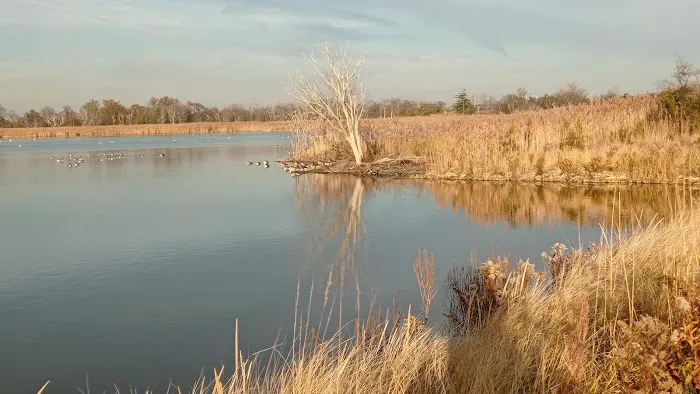

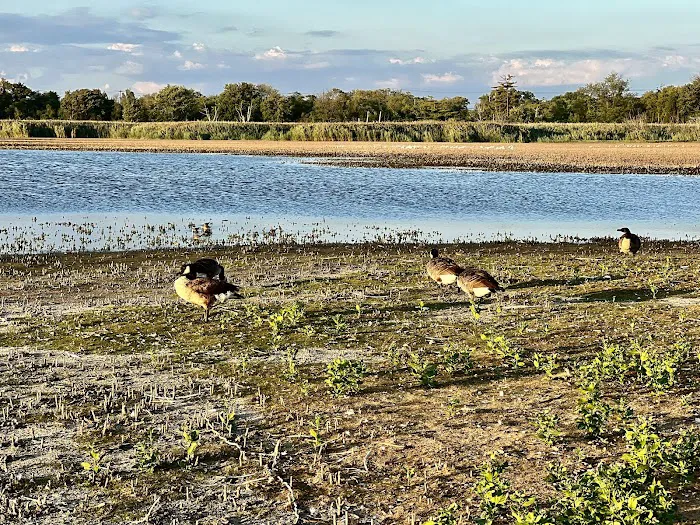

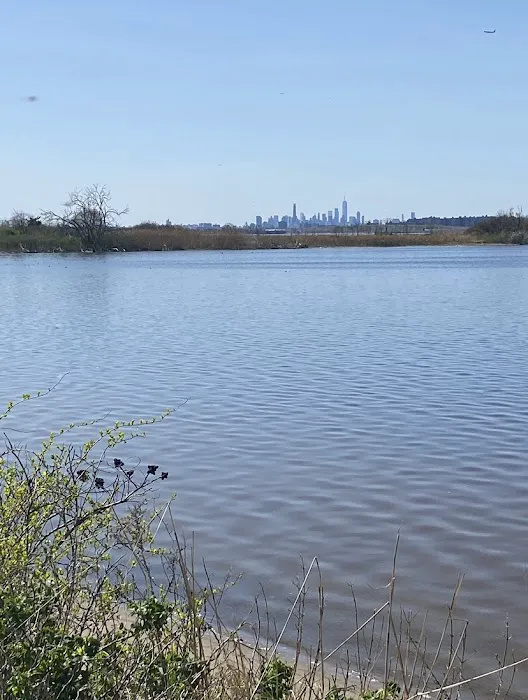
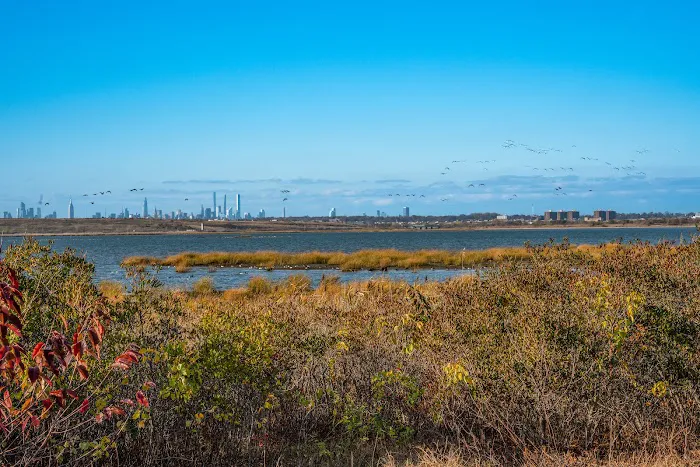
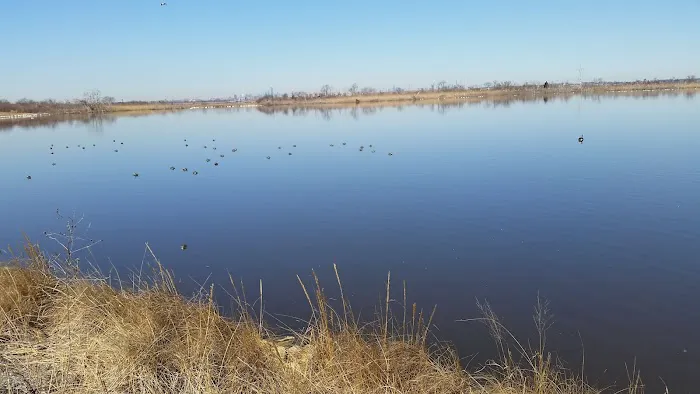

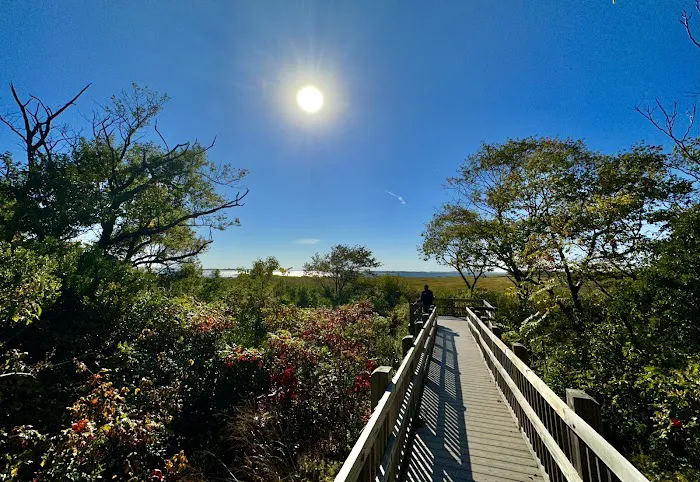

Jamaica Bay Wildlife Refuge Location
Jamaica Bay Wildlife Refuge
175-10 Cross Bay Blvd, Broad Channel, NY 11693, USA
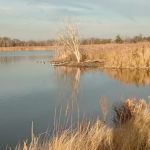 Jamaica Bay Wildlife Refuge
Jamaica Bay Wildlife Refuge175-10 Cross Bay Blvd
 Look Out Bench
Look Out BenchJ589+7M
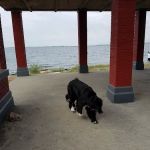 North Channel Bridge Fishing Area
North Channel Bridge Fishing AreaBroad Channel
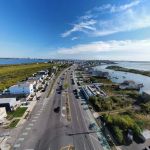 Broad Channel Veteran's Park
Broad Channel Veteran's ParkCross Bay Blvd &
 Sunset Cove Park
Sunset Cove ParkCross Bay Blvd
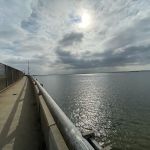 Gateway National Recreation Area - Jamaica Bay Unit
Gateway National Recreation Area - Jamaica Bay UnitFar Rockaway
 Spring Creek Park
Spring Creek ParkBelt Pkwy
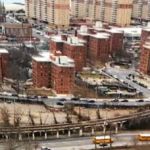 Hammels Public Gardens
Hammels Public Gardens6 Beach 84th St
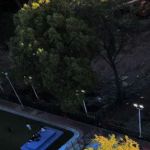 Basketball Courts
Basketball CourtsHammels
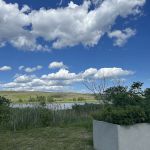 Information Pavillion
Information Pavillion1750 Granville Payne Ave
 Walter J. Wetzel Triangle
Walter J. Wetzel Triangle98-0-98-98 157th Ave
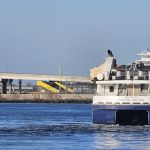 Park at Beach 108 Street
Park at Beach 108 Street111-10 Beach Channel Dr
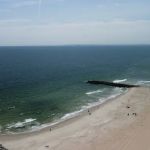 Beach 84th St Beach Ramp
Beach 84th St Beach RampRockaway Beach
Jamaica Bay Wildlife Refuge Reviews
Don't go here for noise. In fact, don't go here at all. It's too beautiful, and I want it all to myself. Just me, the birds, and some blackberries. Im telling you, it's Horrible.
May 24, 2025 · Felix BennettI love it here in winter! We saw snow geese today. I bring most of my guests here; the views of Manhattan are lovely. Nice 1.7 mi walk around the west lake. Terrific sunsets. No bugs in winter.
Feb 01, 2025 · B K, MDIncredible views of the nyc skyline and some of the best birdwatching in the city. Snow geese, brants, swans, and flickers were just a few highlights of our day in late March.
Mar 30, 2025 · Per SveenIt's our fouth time to visit this place. We once witnessed the migration of birds here a few years ago and hoped to see that again. We only saw a few geese today, but we still enjoyed the waving Reed and the quietness....The visitor center is only opened on Friday to Monday....So restrooms will available only when the center opens.
Nov 10, 2024 · V NYGreat place to see the spring migration of birds! Well maintained trails.
May 11, 2025 · Marisa Passaro
More Scenic Spot
 Look Out Bench4.0 (7 reviews)
Look Out Bench4.0 (7 reviews)J589+7M, Queens, NY 11693, USA
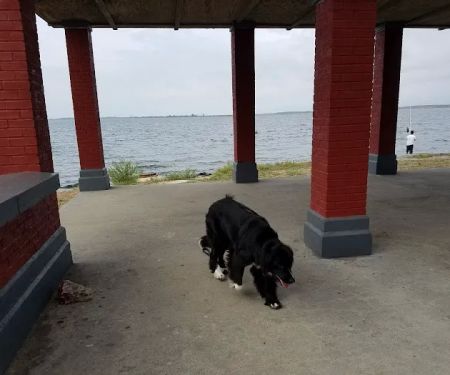 North Channel Bridge Fishing Area4.0 (497 reviews)
North Channel Bridge Fishing Area4.0 (497 reviews)Broad Channel, NY 11693, USA
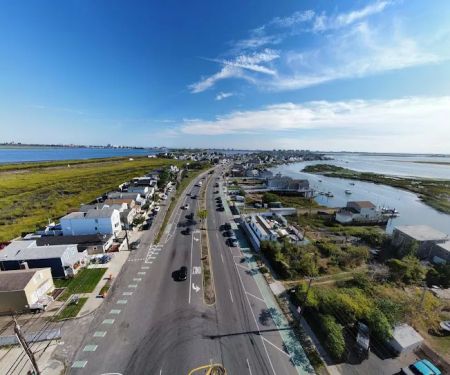 Broad Channel Veteran's Park4.0 (6 reviews)
Broad Channel Veteran's Park4.0 (6 reviews)Cross Bay Blvd &, E 6th Rd, Broad Channel, NY 11693, USA
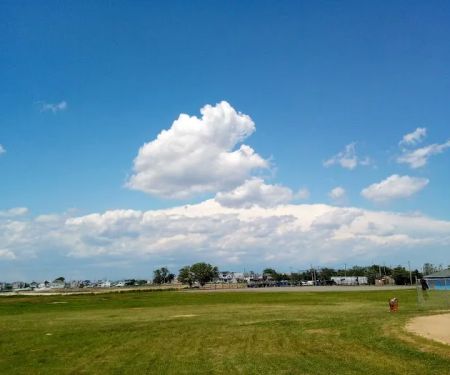 Sunset Cove Park4.0 (135 reviews)
Sunset Cove Park4.0 (135 reviews)Cross Bay Blvd, Broad Channel, NY 11693, USA
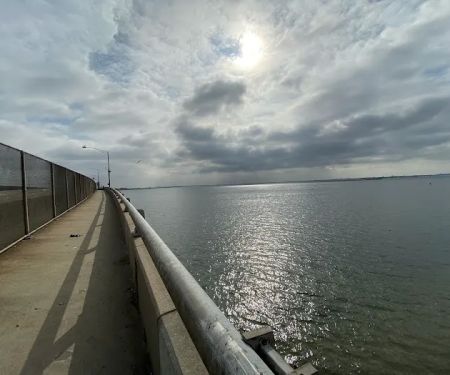 Gateway National Recreation Area - Jamaica Bay Unit4.0 (7 reviews)
Gateway National Recreation Area - Jamaica Bay Unit4.0 (7 reviews)Far Rockaway, NY 11693, USA
 Spring Creek Park4.0 (436 reviews)
Spring Creek Park4.0 (436 reviews)Belt Pkwy, Howard Beach, NY 11414, USA
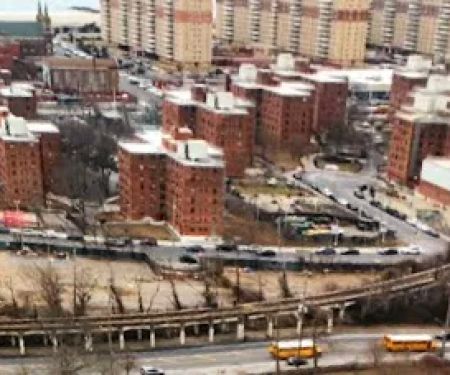 Hammels Public Gardens4.0 (1 reviews)
Hammels Public Gardens4.0 (1 reviews)6 Beach 84th St, Rockaway Beach, NY 11693, USA
 Basketball Courts0.0 (0 reviews)
Basketball Courts0.0 (0 reviews)Hammels, Queens, NY 11693, USA
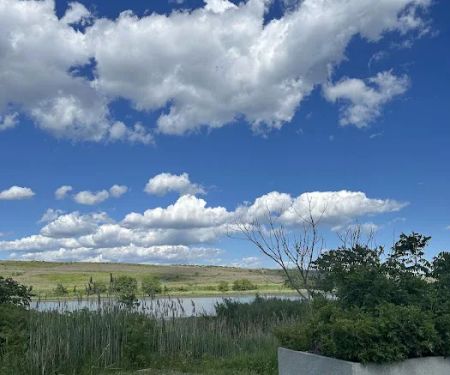 Information Pavillion4.0 (2 reviews)
Information Pavillion4.0 (2 reviews)1750 Granville Payne Ave, Brooklyn, NY 11207, USA
 Walter J. Wetzel Triangle4.0 (6 reviews)
Walter J. Wetzel Triangle4.0 (6 reviews)98-0-98-98 157th Ave, Howard Beach, NY 11414, USA
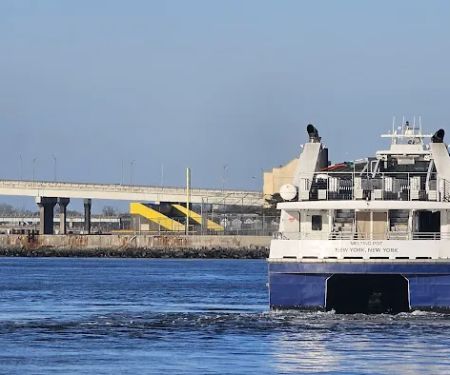 Park at Beach 108 Street4.0 (41 reviews)
Park at Beach 108 Street4.0 (41 reviews)111-10 Beach Channel Dr, Rockaway Park, NY 11694, USA
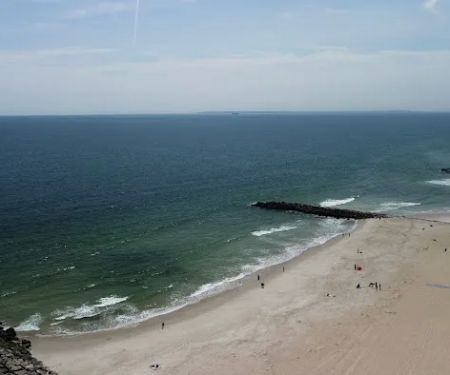 Beach 84th St Beach Ramp4.0 (2 reviews)
Beach 84th St Beach Ramp4.0 (2 reviews)Rockaway Beach, NY 11693, USA
Categories
Popular Camping Sites
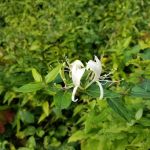 Ward Pound Ridge Reservation4.0 (23 reviews)
Ward Pound Ridge Reservation4.0 (23 reviews) LaGuardia Landing Lights4.0 (6 reviews)
LaGuardia Landing Lights4.0 (6 reviews)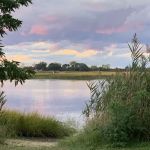 San Remo Civic Association Park4.0 (3 reviews)
San Remo Civic Association Park4.0 (3 reviews) Beech Trail4.0 (7 reviews)
Beech Trail4.0 (7 reviews)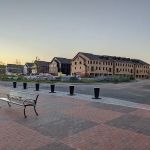 James J. Donovan Park5.0 (4 reviews)
James J. Donovan Park5.0 (4 reviews)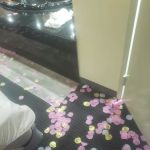 Riviera Motor Inn3.0 (610 reviews)
Riviera Motor Inn3.0 (610 reviews)Trending Camping Blog Posts
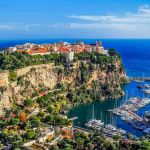 Top Group Travel Destinations in Europe: Best Places for Group Vacations
Top Group Travel Destinations in Europe: Best Places for Group Vacations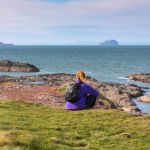 How to Get Involved in Travel Clans for Social Travel: Explore Group Travel Opportunities
How to Get Involved in Travel Clans for Social Travel: Explore Group Travel Opportunities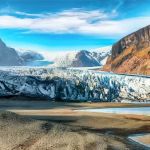 Best Travel Clans for Sustainable Travel
Best Travel Clans for Sustainable Travel Best Group Vacation Destinations for Friends: Ultimate Travel Ideas
Best Group Vacation Destinations for Friends: Ultimate Travel Ideas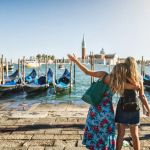 Travel Clans for Solo Travelers Looking for Company: Join Unique Travel Communities
Travel Clans for Solo Travelers Looking for Company: Join Unique Travel Communities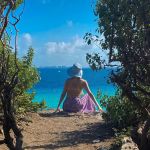 Best Travel Clans for Women Traveling Together
Best Travel Clans for Women Traveling Together 
